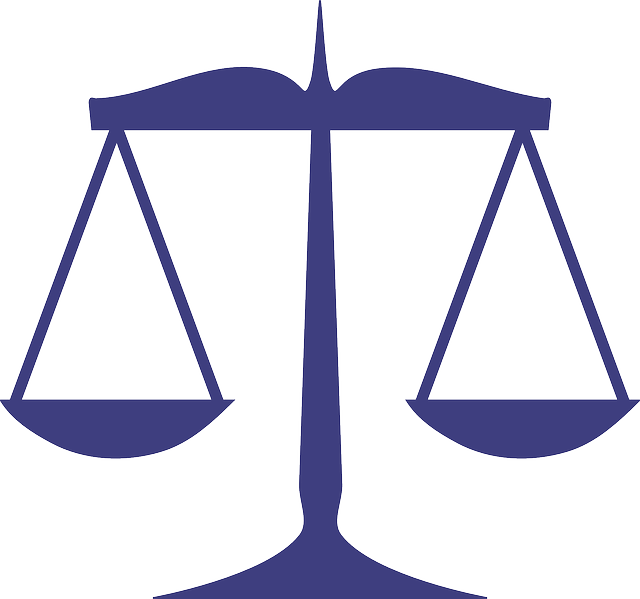Oregon's Child Welfare System, led by the Department of Human Services (DHS), employs a robust legal framework, including the Oregon child welfare legal guide, to protect vulnerable children and young adults. An Oregon child welfare attorney navigates these intricate processes to advocate for just outcomes in cases involving parental rights, foster care placement, and potential termination. The system prioritizes both child protection and family support through consistent legal procedures designed to safeguard parental rights. Key resources like the DHS child welfare law and compliance guide ensure professionals understand parental rights, removal procedures, and successful case outcomes, ultimately fostering positive change for Oregon's children.
Oregon’s child welfare system is a complex web of laws, policies, and procedures designed to protect vulnerable children. For attorneys navigating this landscape, understanding the intricate interplay between DHS child welfare law and parental rights is paramount. This comprehensive guide delves into the Oregon DHS compliance framework, equipping Oregon child welfare attorneys with essential tools for effective case management and ensuring the best outcomes for involved families. From key legal provisions to practical application, this resource is an invaluable tool for professionals advocating on behalf of children in Oregon.
- Understanding Oregon's Child Welfare System: A Framework for Attorneys
- DHS Child Welfare Law: Key Provisions and Parental Rights in Oregon
- The Oregon DHS Compliance Guide: Navigating Legal Procedures for Effective Case Management
Understanding Oregon's Child Welfare System: A Framework for Attorneys

Oregon’s Child Welfare System serves as a protective framework for vulnerable children and young adults within the state. As an Oregon child welfare attorney, understanding this intricate network is paramount to ensuring just outcomes for clients involved in cases related to parental rights, foster care placement, and potential termination of parental rights. The Department of Human Services (DHS) plays a pivotal role in overseeing and enforcing child welfare laws across Oregon.
The DHS child welfare law guides all aspects of case management, from initial reports of suspected abuse or neglect to court proceedings. This legal framework is designed to protect children while also providing support and services to families facing challenges. The Oregon child welfare legal guide offers comprehensive procedures for investigators, caseworkers, and attorneys involved in these cases, ensuring consistency and fairness throughout the process. Parental rights are a cornerstone of this system, with legal protections in place to safeguard both parents and children during turbulent times.
DHS Child Welfare Law: Key Provisions and Parental Rights in Oregon

The DHS Child Welfare Law in Oregon is a comprehensive set of regulations designed to ensure the safety and well-being of children within the state. Key provisions include mandatory reporting of suspected child abuse or neglect, thorough investigations by trained professionals, and timely interventions to protect at-risk youth. Understanding these laws is crucial for both parents and Oregon child welfare attorneys, as they delineate parental rights and responsibilities while emphasizing the state’s commitment to family preservation and safe foster care.
Parental rights in Oregon are protected under the DHS child welfare legal guide, which outlines processes for involved families. Parents have the right to be informed of all proceedings, participate in case planning, access their child’s records (with reasonable restrictions), and, if eligible, receive legal representation. The law also ensures due process, allowing parents to challenge any decisions affecting their family while navigating complex child welfare legal procedures.
The Oregon DHS Compliance Guide: Navigating Legal Procedures for Effective Case Management

The Oregon DHS Compliance Guide serves as a crucial resource for professionals in the state’s child welfare system, offering a comprehensive navigation through legal procedures essential for effective case management. This guide is designed to assist Oregon child welfare attorneys and workers in understanding the complex web of DHS child welfare law and ensuring compliance with the state’s regulations. By mastering these legal procedures, practitioners can better advocate for the rights of both children and parents involved in the child welfare system.
It provides detailed insights into various aspects, including parental rights in Oregon, procedures for removing children from their homes, and the steps to foster successful case outcomes. The guide aims to streamline the process for those who interact with at-risk families, enabling them to make informed decisions while upholding the law. Whether you’re an Oregon child welfare attorney or a dedicated worker, this legal resource equips you with the knowledge to navigate the system effectively and promote positive change in the lives of vulnerable children.






